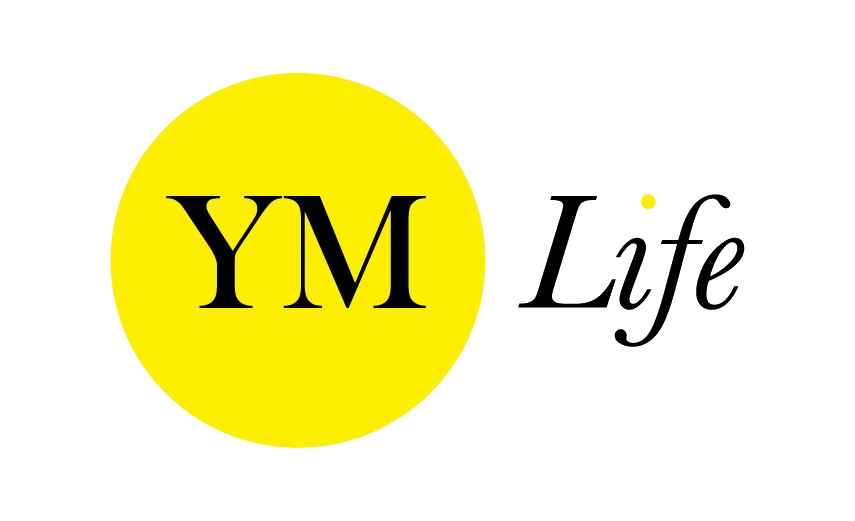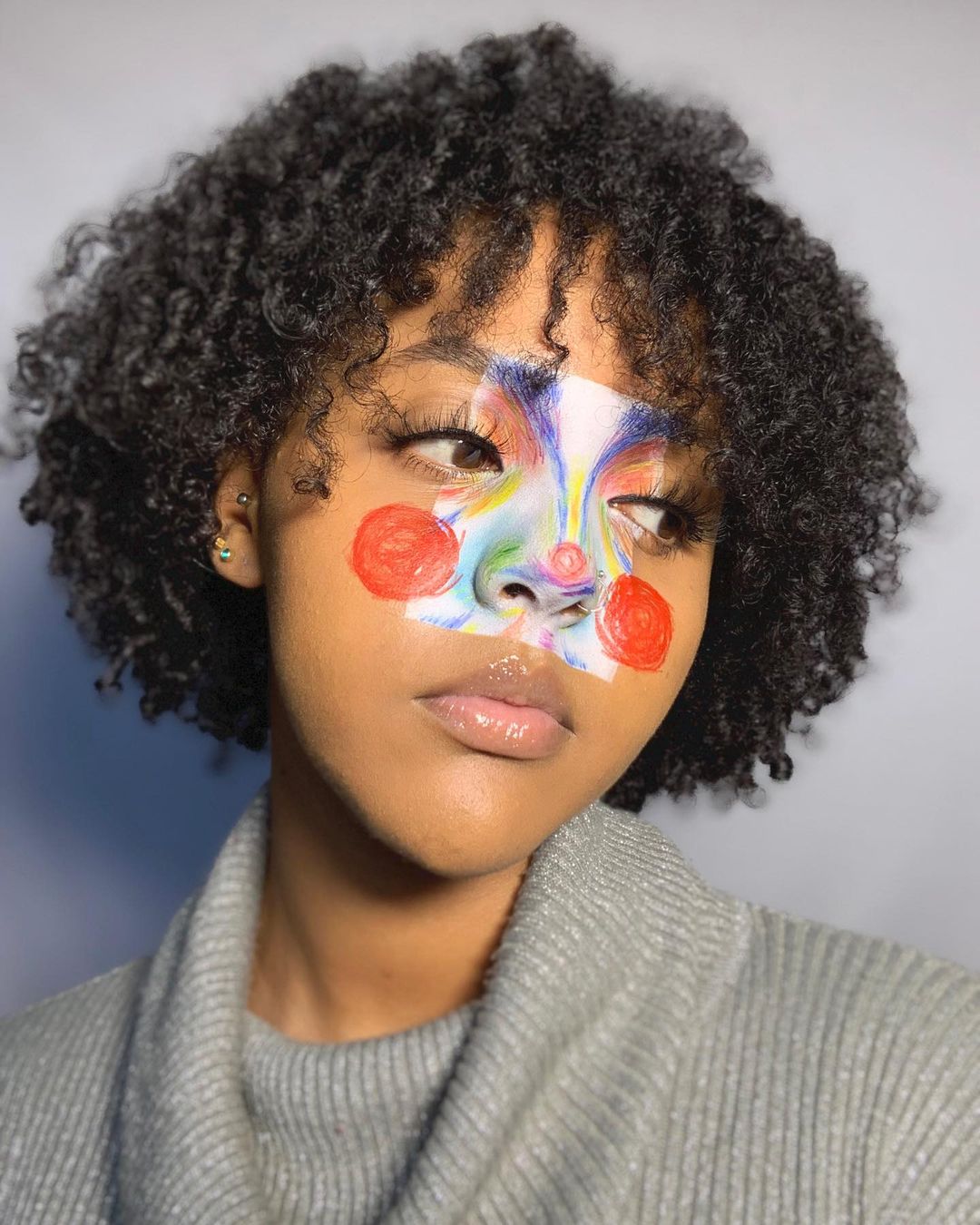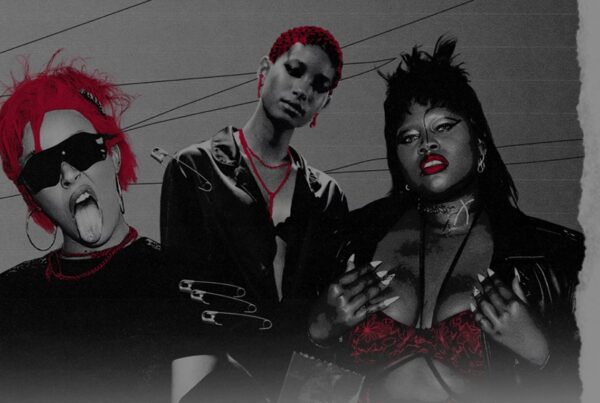Rocking my natural texture is more complicated than I thought
Bell booms, high-waisted pants, disco music, and afros…. If that’s what you picture when thinking of the ‘70s, you’re right on the money. The decade is hard to define, but even harder to forget. It was a pivotal era for Black people socially, culturally and politically.
While many African states struggled under colonial rule, some like Kenya had already gained independence. As such, the political, social, and cultural fabrics of Kenya were mimicking the West. The media was booming— now the world had access to what was going on in the West. And we were hooked.
When snaps of The Black Panthers and other Black celebrities wearing their hair in gravity-defying afros made their way to Kenya, masses of men and women were inspired, and traded their white-washed ‘dos for their natural curls like Orie Rogo the first Black woman to compete in the Safari Rally. Oh, how I wished I was bombarded with those images growing up.
All the beauty icons I
grew up with were white.
Most of the Black celebrities of my childhood, like Beyonce, Tyra, and Naomi, did too. I quickly learned my curly hair didn’t make the cut. At the time, in the U.S. and here in Kenya,natural hair was considered an abomination. Though I didn’t face nearly half the pressure that my peers did, I still hated my hair.
I gave into the pressure and started to religiously flat iron my hair. Once in a while at first, then every morning before school. A friend of mine from school would joke that the scent of burned hair was like my signature perfume. Later, I had to cut off all my hair from the damage.
I was back to being natural
but had little knowledge of
my curls.
Corbin Bleu from High School Musical was the blueprint. Thanks to Youtube and a lile experimentation, I finally mastered curl-care and became acquainted with my fro.
It was a hit. Partially because I have a looser curl paern, but mostly because, in my humble opinion, it looked bomb. I was a changed woman. I was always natural my whole life but this was the first time I was truly content with it.
Like me, multidisciplinary artist Shania Timbwa found her afro by experimenting.
She’s captured social media following for her beautiful bouffant, her go-to style, but she wasn’t always well acquainted with the look.
“One time I did a twist out and combed out my hair. It was so beautiful and so round. When I went out, I got so many compliments and I thought to myself ‘Yes! I’ve finally found my hairstyle now.’
I’m in awe of Timbwa. Her content gave me the confidence to find new ways to style my fro. Her Instagram is filled with afro style inspo. I constantly scroll through her profile to find my next look.
Unlike me, Timbwa has
stayed loyal to the style.
And I envy her for it. While I love my fro and the power it gives me, the maintenance is no joke. I shared that with Timbwa and she totally understands.
“Having natural hair is so much work, I feel like my back is toned just from styling it,” she shares. It’s a sentiment so many of us naturalistas know.
That’s why a lot of us are turning to texturizers to make it more manageable. More and more natural hair influencers are opting for the treatment to give their arms a much-needed break.
“I understand them, open hair is so hard to deal with, products are expensive and you need to know so many things to take care of it properly,” Timbwa explains. “You also wash your hair more often than if it were in braids”.
She even confesses that sometimes she turns to wigs.
“I wear a wig now,” she says with a laugh. “I still have my natural hair but this is just so much easier to maintain and I still get the pleasure of actually wearing an afro.”
That’s the thing about afros, and power and independence too. We all crave the relief of being free, whether it’s from the shackles of having to straighten your hair everyday before school, or the oppression of British colonial rule. But having your freedom, and what happens after that freedom, isn’t a cake walk. It’s complicated, emotionally taxing, and you may have to deal with a sore back, or a sore spirit, as you’re figuring it out.
Unlike me, Timbwa has
stayed loyal to the style.
I’ve learned it’s okay to need a break. And it’s important to be gentle to yourself. When I wear my afro I feel the power of Blackness, and when I want to take on that power, and the responsibility and maintenance that comes with it, it’s amazing.
But I don’t always want that experience. Sometimes I want to be a carefree island girl with faux dreads, or somebody else complicated with a fun wig.
Either way, I love my afro and I’m happy I found her. In many ways, finding her was finding me.










